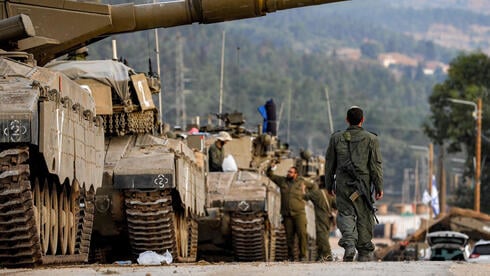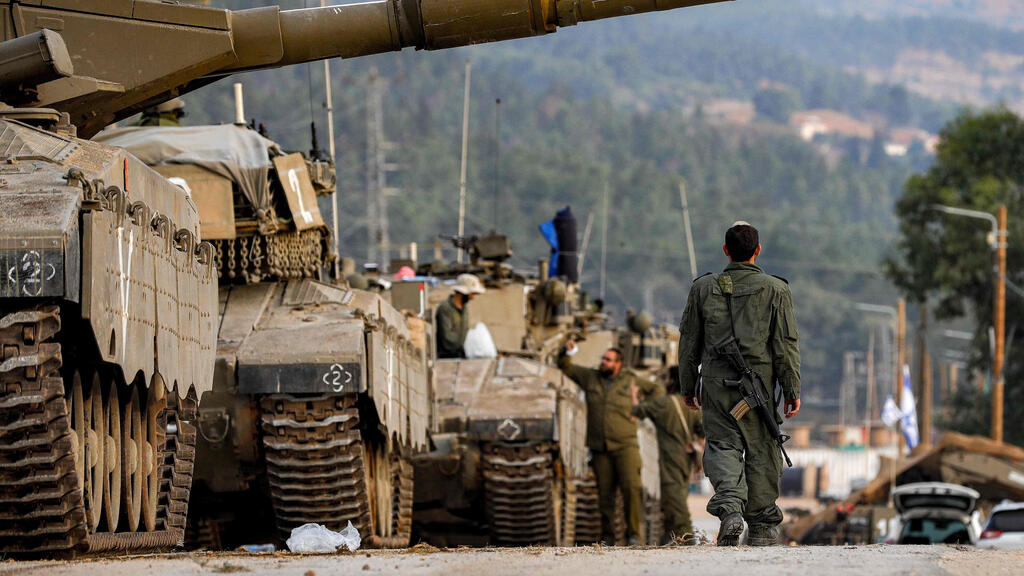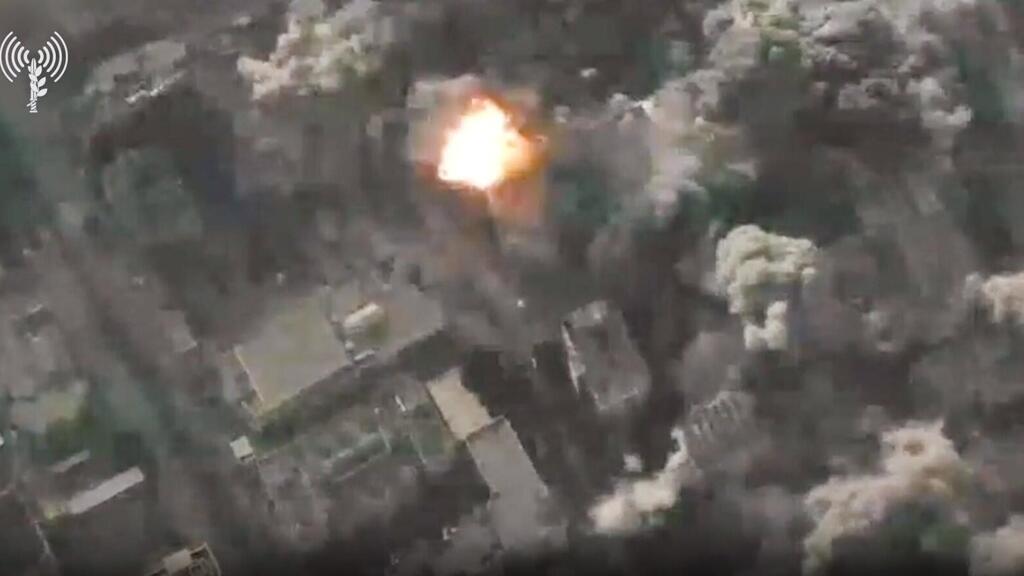There is no more dramatic warning to Iran and Hezbollah than that issued by US President Joe Biden in his speech on Tuesday. The political and historical implications of his moving words will be discussed later, but they were heard by Hassan Nasrallah, the leader of an Iranian-backed terrorist group that has been provoking the Israel Defense Forces on the Lebanese border. I have not yet decided whether or not I will take action. Open a second front in the war.
Biden effectively issued a direct threat. If Hezbollah attacks, the United States will intervene with aircraft carriers heading to the region. From there, the ball moved to Beirut’s court and then mostly to Tehran’s.
The decision to go to war against Israel and the United States would not be made by Prime Minister Nasrallah alone, but since Qassem Soleimani, then commander of Iran’s Revolutionary Guards, was removed by the United States in 2020. The Hezbollah leader is considered the second-largest leader in the world. The hierarchy of the Shiite alliance.
The focus is on fighting in the south, but on Tuesday a senior commander and two of his subordinates were killed in a gunfight with terrorists who breached the Lebanese border fence. Although they were members of a Palestinian group, they operated in areas under full control of Hezbollah and did not take any action without Nasrallah’s consent.
He fired 15 rockets at Israel that day, four of which were intercepted by the Iron Dome missile defense system, indicating that the target was a civilian center and not an open field. Two mortars were also fired, targeting Israeli Defense Forces vehicles. No injuries were reported in these incidents.
The IDF intends to increase the volume and power of its attacks on Gaza. They got off to a slow start but then picked up the pace. Although all restrictions have been lifted, some believe that the frequency and power of attacks are not sufficient, and the same may be true for the Northern Arena. In any case, the real difference will be in the land invasions being considered against Gaza.
Rules of engagement were changed to allow troops to fight more freely while the Air Force attacked neighborhood after neighborhood in the Strip destroying terrorist residences, command centers, storage facilities, high-rises and buildings. Israel has also decided to completely cut off the Gaza Strip, including vital supplies such as electricity and water, within three days. Only the attacking air force enters the strip.
“We will release as many hostages as possible,” a senior official said. Gaza is under siege. Residents have moved south to the Egyptian border, and only 2,000 people are allowed to cross.
The IDF has recovered and is on the offensive. Commanders and political leaders understand that this war is about Israel’s survival. “Without deterrence, we cannot survive.”
The military understands that it was deceived by Hamas in the recent violence along the Gaza border fence and pretended that the demands were for further economic gain and no other ambitions.
Asked why the IDF was unaware of the plan since 2,000 Hamas terrorists had been trained for the attack, one senior officer said the terrorists carried out the attack as soon as the decision was made. But he said everything would be investigated after the war. Hamas said it aims to secure the release of prisoners held by Israel.
Israel estimates that Nasrallah was aware of the overall plan but was not told when the attack would begin. The Israel Defense Forces are keeping a close eye on the northern frontier, but his commanders now think twice before engaging in combat, and his provocations, even with U.S. naval ships and planes en route, are a matter of concern. I think it will continue. But we learned the hard way how wrong that concept can be.


